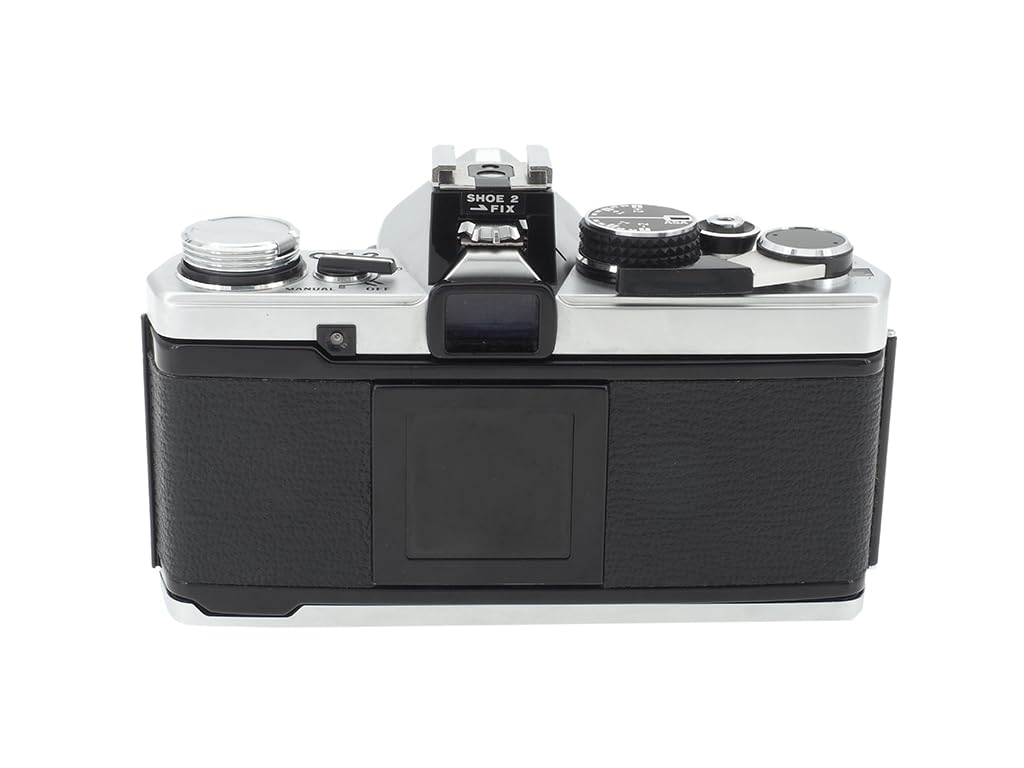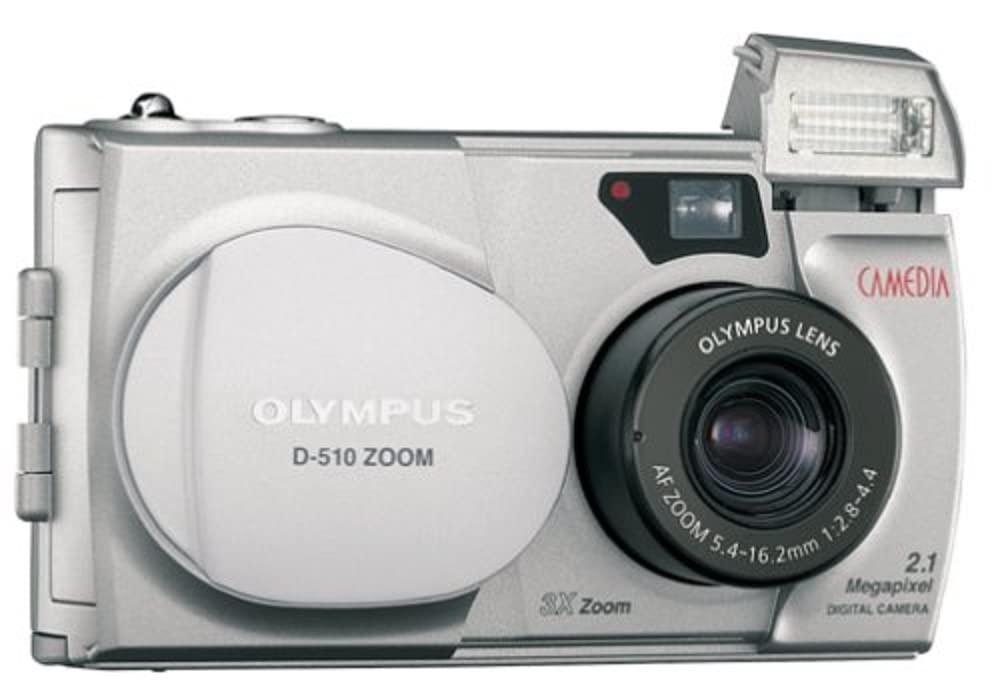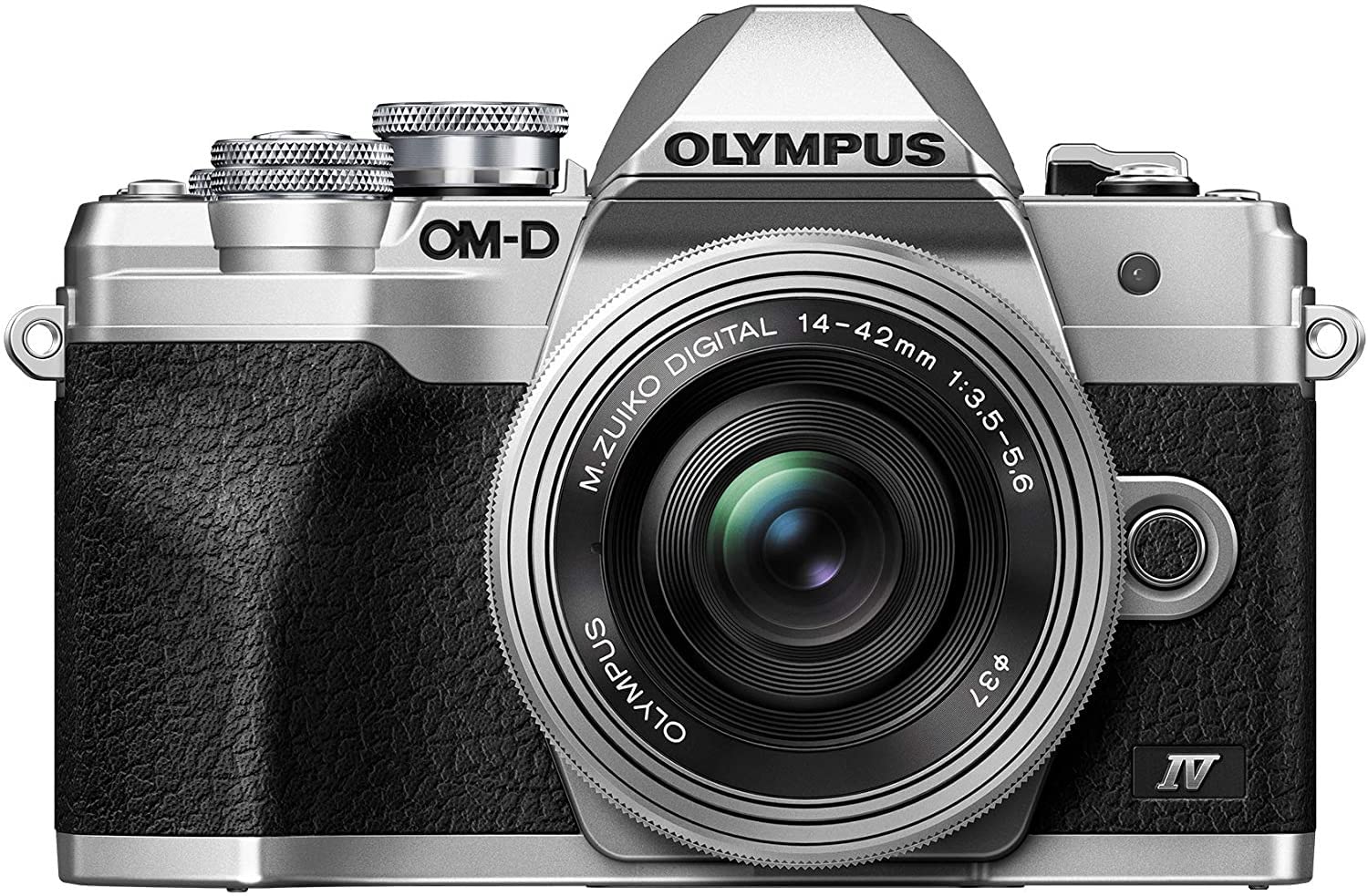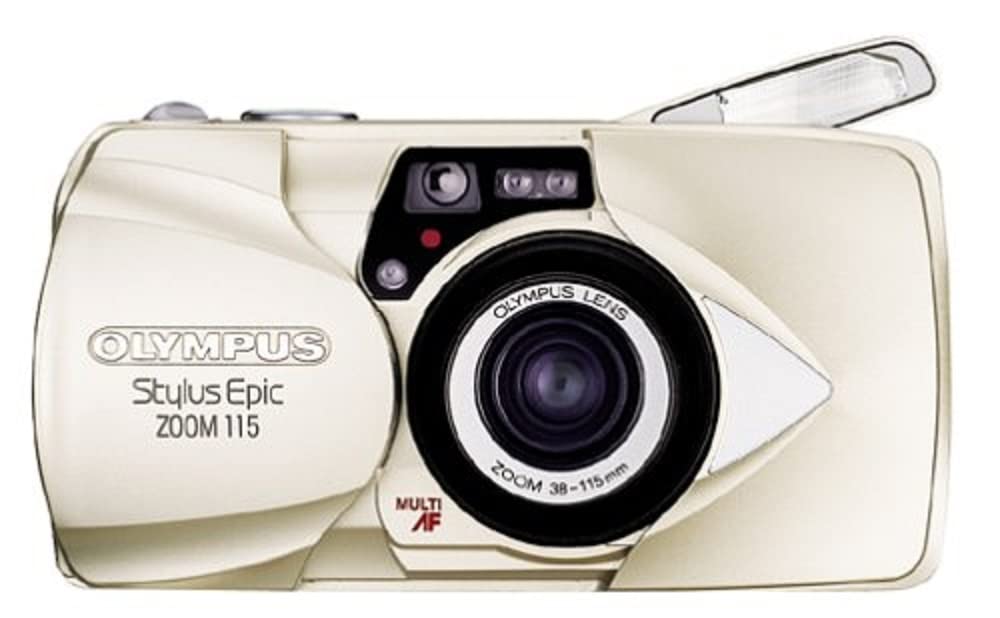Olympus cameras are celebrated for their blend of technological innovation and user-friendly designs. A crucial component that powers these cameras is the battery, a part that often gets overlooked until it underperforms or fails. Understanding the different types of batteries used in Olympus cameras, learning how to maintain them, and knowing the tips for extending their longevity are vital for any Olympus camera owner. This guide aims to provide key insights into Olympus camera batteries, ensuring that whether you’re capturing landscapes or life events, your camera remains powered up and ready for action.
Choosing the Right Power Source
Common Battery Models for Olympus Cameras
Olympus cameras commonly use proprietary rechargeable lithium-ion (Li-ion) batteries. These batteries are preferred due to their high energy density, low self-discharge, and lack of memory effect, meaning they don’t lose their maximum energy capacity from repeated charge or partial discharge cycles. Olympus batteries such as the BLN-1, BLS-50, or LI-92B are designed to be compact, efficient, and tailored to fit specific camera models, providing the optimal balance of size, weight, and power.
Alternative Power Solutions
In addition to Olympus’s proprietary batteries, certain camera models can use standard AA batteries with a suitable battery holder. This can be useful in emergency situations where charging is not possible. However, keep in mind that performance and battery life can significantly vary with these alternatives. It’s crucial to use high-quality AA batteries to get the most out of them, albeit, for the best performance, proprietary rechargeable batteries remain the recommended choice.

Maximizing Battery Performance
Proper Charging Techniques
To ensure the longevity of a lithium-ion battery, it’s important to follow proper charging habits. Use only the Olympus-approved charger that came with the camera, or an authorized replacement. Charging with off-brand chargers can risk damaging the battery or the camera. Moreover, avoid leaving the battery to charge overnight or past the point of a full charge, as this can shorten its lifespan.
Handling and Storage
When you’re not using the battery, store it in a dry and cool place—extreme cold or heat can degrade its performance over time. If you plan not to use the battery for a long period, store it with a charge level of about 40-60% to maintain its health. Furthermore, always keep the contact points clean and avoid contact with metal objects, as this may cause a short circuit.

Tips for Extending Battery Life
In-Camera Habits
Simple in-camera habits can significantly extend your battery life. Dimming the camera’s LCD screen, minimizing the use of flash, and switching off functions such as image stabilization or continuous autofocus when not needed can conserve power. Additionally, reduce the frequency of reviewing pictures on the camera, as this also drains the battery quickly.
Preparing for Shoots
Before heading out for a day of shooting, fully charge your batteries. It’s also wise to carry spares, especially if you plan a long day out or don’t expect to have access to a charger. Turning off the camera when it’s not in use and avoiding prolonged exposure to cold environments can also help preserve battery life during your shoots.

Maintaining Battery Health Over Time
Regular Cycling and Calibration
Li-ion batteries benefit from regular use and occasional complete discharge followed by a full charge, also known as cycling. Calibrate your Olympus battery once in a while by letting it run down fully and then charging it to 100%—this process can help maintain the accuracy of the battery’s charging circuitry.
Replacement and Recycling
All batteries have a limited lifespan and will eventually need replacing. Be observant of any noticeable decrease in performance or if the battery doesn’t hold a charge as it used to. When it’s time to replace Olympus camera batteries, make sure to recycle the old ones properly, as they contain materials that can be harmful to the environment. Olympus and many electronics stores offer recycling programs for batteries.

Efficient Energy Management
Strategic Power Conservation
Beyond handling and charging, efficient energy management within the camera itself is vital. Make use of power-saving modes that Olympus cameras often offer. These modes automatically power down the camera after a set period of inactivity. Additionally, turning off Wi-Fi and GPS functions when they are not needed will help to save battery life since these features are significant power consumers. Another useful measure is to operate the camera using the viewfinder rather than the LCD screen, as the latter is more energy-demanding.
Firmware Influence
Staying updated with the latest camera firmware can also influence battery performance. Olympus occasionally releases firmware updates that can improve power management and overall battery efficiency. Keeping your camera’s firmware up to date is not only good for getting new features and bug fixes but can also contribute to more efficient battery usage.

Accessory Considerations
When planning for accessories, be mindful of their impact on battery life. External flashes, continuous use of zoom lenses, and connecting to external monitors can drain battery power faster. Use these accessories judiciously and always plan for alternative power options if your shoot requires heavy accessory usage. Additionally, investing in quality Olympus-branded or certified third-party batteries as backups is a wise choice for those who have high power demands.
Storage and Travel Tips
Long-term Storage Guidelines
If you need to store your Olympus camera for an extended period, the battery requires special consideration. Store batteries partially charged, as mentioned earlier, and revisit them every few months to recharge them back to the 40-60% range if they have lost charge over time. This routine prevents the battery from degrading while in storage. For optimal conditions, choose a cool, dry environment that is consistent in temperature for storing your camera and batteries, as temperature fluctuations can impact battery health.
Travel Tips for Battery Management
Traveling with your Olympus camera calls for careful battery management. If flying, ensure you are aware of airline regulations regarding the transportation of lithium-ion batteries. Most airlines require that spare batteries be carried in your hand luggage and have their terminals properly protected from short circuits. When traveling to locations with limited access to power, consider bringing a portable charging bank or a solar charger compatible with your camera’s batteries, so you have an alternative charging solution.
In essence, the battery is the lifeline of your Olympus camera. Selecting the right type tailored to your camera model, practicing proper charging and storage techniques, being mindful during daily use, and carrying good long-term maintenance habits are all important steps in ensuring the battery’s longevity. By adhering to these guidelines, you can trust that your Olympus camera will be powered up and ready whenever inspiration strikes. Keep these simple, yet effective, tips in mind, and your photography sessions will not only be productive but also uninterrupted by power issues.
